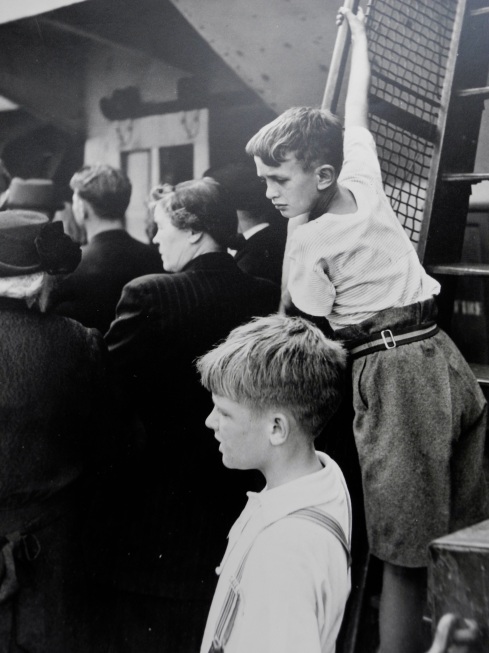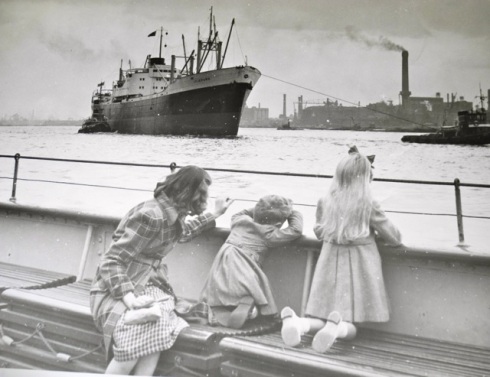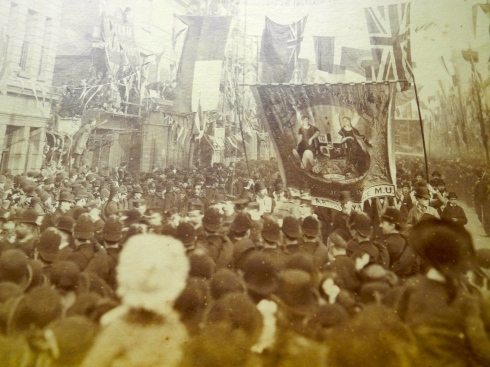You are currently browsing the monthly archive for September 2014.
Stroll along the river and into Woolwich and there is much to remind you of the social mutualism of the C19th which led to the introduction of clean water and sewerage systems. In the mid C19th Woolwich was more typical of some of the northern industrial towns because of its lack of sewers. In the 1830s an outbreak of cholera in the town resulted in 40 deaths. The Royal Commission on The Health of Towns 1843 commissioned a specific report on the sanitary state of Woolwich. Two years later The Woolwich Town Commissioners started the process of installing sewers.
Just outside the town is Crossness Pumping Station which was part of Joseph Bazalgette’s radical sewerage system for London. As well as improving the city’s health it had the beneficial effect of improving the smell. The Big Stink of 1858 brought London to a standstill because of the stench coming from the human excrement in the Thames.
The presence of the military in Woolwich helped to improve the water supply with the formation of reservoirs. Long Pond dates back to mid C18th and was located west of The Rotunda. Mulgrave Pond also dates back to mid C18th but was brought into public ownership when purchased by the Board of Ordnance 1805. A national system of water supply in public ownership lasted until 1989 when it was privatised by the Thatcher Government.
About a mile from Woolwich’s waterfront is St Thomas More Church on the Progress Estate. Built in the 1940s it is unusual in that it is sited in an incline. Up until the last few years this did not present a problem but now it is subject to frequent pluvial flooding. The sewers within the church ground swell, the metal lids lift and effluence floods into the grounds and at times into the church itself. Father Richard Plunkett has been advising his congregation that he should be renamed Noah. He has had no help from Thames Water in resolving the problem. If he wanted to take his complaint further and speak to the owners he would need to travel to China, Australia, Abu Dhabi, Canada and Holland. British Telecom pension fund is the only owner based in the UK. Macquaire is the principal owner, with 25% ownership, with twelve others. Thatcher’s vision of the expansion of small shareholders lasted momentarily and now only those who can deal in billions of dollars can own British utility companies. Did the privatisation of water lead to greater choice, competition and savings for the consumer? The answer is straightforward; no. It is a monopoly and Londoners pay more for their water than they should. Payment is going to remote unaccountable bodies over whom we have no control. More concerned with their shareholders than helping their consumers. So, where does this leave ordinary folk like Father Richard? Local MP, Clive Efford, has now got involved and with his intervention Thames Water have promised a visit to assess the problem.
You may well scratch your head to think what New York,Brisbane and Woolwich have in common? Well they all have a free ferry service. Statton Island Ferry is listed as one of the top ten things to do in New York and millions of tourists each year make the 25 minute journey from Manhatten. With great views of the Statue of Liberty and Ellis Island it’s easy to see why it’s a favourite with tourists. The bargain basement fare of one nickel was dropped altogether in 1997. 21 million passengers, commuters and tourists, use this ferry annually.
Brisbane’s Free City Hopper allows tourists to travel along the Brisbane River with the option of “hopping on and off” to explore the riverside and city sights. The historic ferries were made free in 2012 as part of a strategy to encourage tourists to use the river. As the river is used more for leisure is there anything to learn from these overseas models?
The Woolwich Free Ferry may not be of the same scale or fame as The Statton Island Ferry but it is of historic importance and provides a service for 2.5 million foot passengers and 1 million vehicles annually. In the C19th the people of Woolwich, Plumstead and Charlton campaigned for over ten years for a free ferry as a necessity for this part of East London. The crossings from Lambeth, Waterloo and upstream as far as Staines were all free.
The people in East London were taxed heavily in order to subsidise the western gentry who crossed the bridges, from the city upstream, untolled. The Woolwich Free Ferry opened 23rd March 1889 to much celebration in the town. As these photographs of the 1960s demonstrate it has been used for leisure as well as a means of crossing the Thames.
Thanks to the hard fought campaigning of our ancestors a Free Ferry Service is required to be provided by statute at Woolwich now all this may change. TFL are consulting on new River Crossings which sets out four options:
A new ferry at Woolwich
A ferry Service at Gallions Reach
A bridge at Gallions Reach
A bridge at Belvedere
If the ferry is replaced or moved it will become tolled so back to the pre 1889 situation in East London.
It seemed like this was going to be a “Where were you when Kennedy got assassinated” moment by the coverage on French TV. It took some concentration and searching my lost French vocabulary to understand all that this was a major political crisis. Hollande had dissolved the government to stop a mutiny among ministers who had been openly critical of his economic policy. I was staying in a hotel in Vichy and my fellow residents were watching avidly as they ate their breakfast. It became apparent that their real concern was that this could precipitate a boost for the far right in the 2017 elections.
The town has two main claims to fame; its water and its collaboration with the Nazis in the 2nd World War. The quiet spa town of Vichy was chosen to be the provisional capital of Marshal Petain’s Etat Francais (French State) ,in the unoccupied part of France, because of its central location and its abundance of hotels to for ministers use.
The Vichy Government replaced the principles of the Republic; Freedom, Equality and Fraternity with a return to nationalistic values. There are few, if any, memorials to this dark period of the town’s history. However, some grand and decorative buildings are a testament to its heyday as a spa town in the mid C19th.
Visits of Napoleon lll prompted major redevelopments and construction new gardens, boulevards and pavilions. The pavilions emanate from the central spa, where the five varieties of water can be tasted, and coil round the gardens. Its difficult to stroll through them now and not have an image of the past promenaders. It is a town of faded elegance with some fine buildings but far too many run down or even abandoned.
Like many French towns the church steeple still dominates the skyline but this is quite a contrast to the rest of the town’s architecture. The church is built in reinforced concrete which does little to instill any sense of awe or spirituality. It was built in 1931 and is described in the church’s own literature as a “unique example of art deco”. It’s certainly unique but definitely not fine. Inside it is dark and gloomy and made me reflect on a recent quote from Pope Francis,
“For too many Christians every day is Lent”.
Yes,this is an ideal church for this group.













